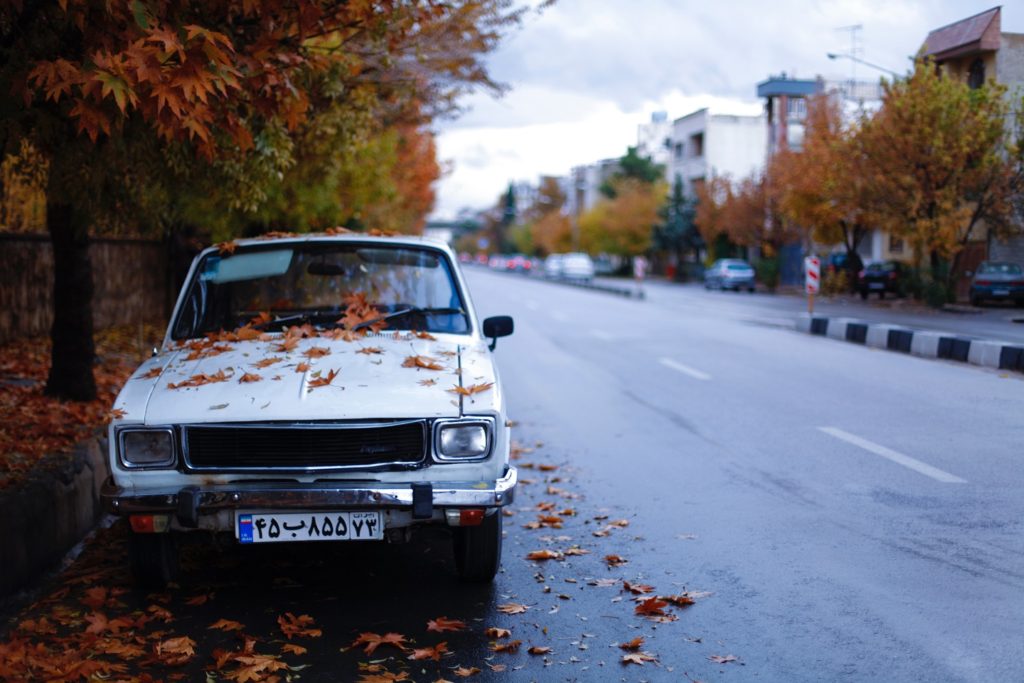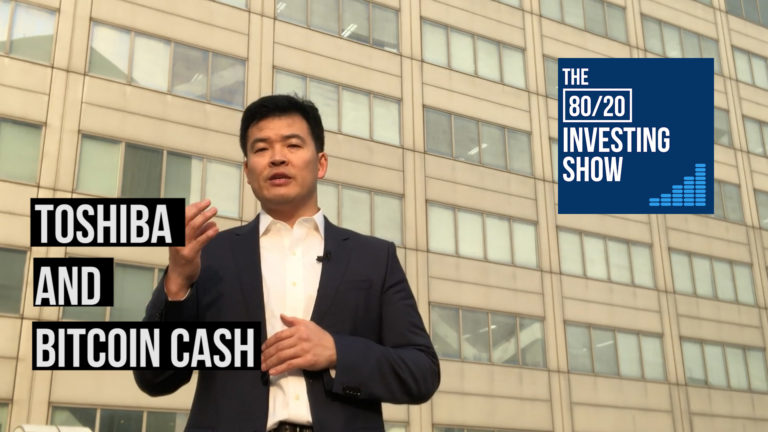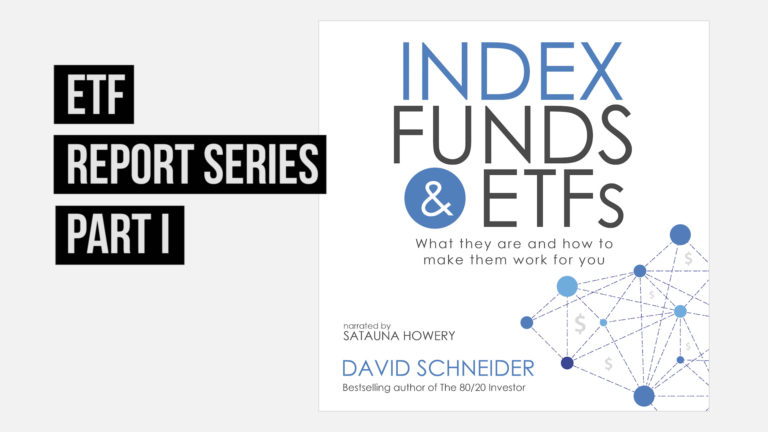Among savvy investors, Iran has long been considered a smart money opportunity in emerging markets investing. So far it hasn’t disappointed, generating rich dividend income and double-digit stock market returns over the last three to five years.
But in light of recent events, the questions come up whether it’s time to cash out or to double down. After all, there are some good reasons why Iran is such an undervalued market.
In this article (Brought to you by the Monthly Truffle – our premium investment newsletter) we discuss the current confusion in Iran and how investors should position themselves going forward.
Investing in Iran – The Bullish Case
There is no question that Iran has a lot to show for and investors around the world should take notice today rather than later. With a population of over 80 million (size of Germany), it has one of the youngest populations density with 60 percent aged under 35.
Iran has a highly literate population with a literacy rate of over 85% where 68 percent of all University entrants are female. According to observes and country experts, the young population is “IT savvy,” with a strong entrepreneurial drive. Iran’s economy has seen a steady increase in GDP and is already bigger than Australia’s economy with surprising diversity.
Iran is rich in natural resources and contrary to general believe it doesn’t exclusively rely on oil exports. In fact, as of 2014, it was only 10% of GDP. It is rich in uranium, and other mineral resources, including various precious metals.
Experts have been forecasting GDP growth at six to eight percent going forward. Its crucial trading partners such as India or China are the fastest growing economies. Iran’s GDP to debt ratio at a mere 4% while its companies and consumers are virtually debt free. All this suggests a continuous bullish case for Iran’s economy and investing in Iranian stocks. But recent riots across the country seem to tell a different story.
Iran Politics – All is not well in the Islamic Republic
At the time of writing this article, protests have entered their sixth day across Iran. Riots have occurred in nearly all of the country’s major cities, with large crowds gathering in Tehran, Isfahan, and Qazvin. Violence has escalated in smaller towns, with ominous signs for the regime.
In Khomeinsahr, two men were killed early on Tuesday in clashes. In Qahderijan near Isfahan, a group stormed a police station. In Najafabad, a member of the feared Revolutionary Guard was reported shot to death.
This was not the New Year’s present the Iranian government was expecting. There are two striking facts about the current upsurge in public discontent. The first is the timing.
Iranian protests, in recent years, have been associated with the Green movement – a loose collection of progressive activists who tend to cluster around liberal politicians and presidential candidates.
Many of these took to the streets in 2009 following the re-election of the hardline Mahmoud Ahmadinejad in highly controversial elections – a tangible grievance which brought many of the movement’s university-age and urban supporters to the streets, waving their distinctively colored banners.
Protests returned with the Arab Spring in 2011 – again, in response to a clear stimulus, and again, largely focused on cities and youth. In both cases, despite there being some violence, the problem neither escalated beyond the government’s control nor ended in a large-scale crackdown.
Indeed in 2011, protests continued from the ‘Day of Rage’ that started it all in February until as late as September 2012, with groups gathering here and there in defiance of both the Revolutionary Guard and their youth paramilitary allies, the Basij.
New Year’s Shock
Yet this time, the protests seem to have begun more or less spontaneously in the city of Mashhad – Iran’s second-biggest city – sometime before the new year. From there they spread to nearby Kermansahr, still reeling from an earthquake which claimed some 600 lives last year, and then onwards.
This is telling. Whatever tensions are building up beneath the veneer of the Islamic Republic clearly no longer need a stimulus to erupt. Beyond this, earlier unrest largely centered on the progressive, young, and urban types who flock to support people such as current Iranian President Hassan Rouhani. Not so this time.
This year’s protests have involved large swathes of Iran’s population who have not participated in previous protests on any large scale – the lower-middle and working classes, rural folk who the Revolution counts among its most intense supporters, and even – judging from some of the pro-Shah chanting – closest monarchists.
Slogans denouncing not only Supreme Leader Ayatollah Ali Khamenei but Rouhani as well have proliferated amongst the crowds. Calls for reform are folded in with demands for better livelihoods and the freeing of political prisoners.
The Basij who have taken to riding in motorcycles around Tehran, beating up their opponents are being confronted with as much abandon as anybody else. In other words, this is a generalized protest against the entire political edifice of Iran, with little distinction being drawn between ‘progressive’ and ‘conservative’.
This, in a way, makes sense, as at least some of the rage here comes from a general disillusionment with the Islamic Republic’s stuttering economic performance. Despite the much-vaunted nuclear deal with the West (which, despite Donald Trump’s bloviating, remains a diplomatic coup), many in Iran have seen little improvement in their daily existence.
Unemployment remains at 12%, up 1.4% from 2016, and is highest amongst the young. Many perceive ‘revolutionary’ institutions such as the Revolutionary Guard and the Basij as having altogether too much power within the system; ostentatious displays of wealth and privilege by those in power, or with connections, doesn’t help either.
And gradually, the Islamic Republic’s base of power – rural folk and more conservative Muslims – are changing in their approach to political life.
Apps such as Telegram mean that young people are connected in ways that the strict segregation laws the government often tries to enforce between them simply don’t work.
And if you want a sense of just how vibrant and confrontational young Iranian culture is, just check out some of their cinema – hands down the most experimental and cerebral in the Middle East.
So where from here? It is, truly, impossible to tell. No-one could have predicted that these protests would erupt in early December. Yet we think that we should neither expect – nor work towards – regime change in Iran just yet.
The institutions of the Republic, which include not three but five separate military wings – are built to withstand precisely this sort of tumult. It is, after all, a state born in the blood of revolution, and one that came of age in the blood of war. The upper echelons of the Iranian polity will not shy away from unleashing a thunderous crackdown if needed.
Beyond this though, ask yourself – if the Islamic Republic goes, what will take its place? If the risk is that Iran turns into another bloody mess like Iraq or Syria, then surely any regime is better than no regime at all. After all, there’s a whole bunch of refined uranium lying around in Old Persia. We wouldn’t want anyone getting hold of all that, would we?
What does that mean for Investors?
 Considering our political analysis combined with a clear understanding of Iran’s local capital markets and its economic and commercial potential the impact on local stock markets is negligible. Here are some of the reasons why:
Considering our political analysis combined with a clear understanding of Iran’s local capital markets and its economic and commercial potential the impact on local stock markets is negligible. Here are some of the reasons why:
A flight to safety scenario doesn’t exist in Iran, where masses of international investors could flee Iran. Only 1% of all shares are in foreign hands. One could argue that this 1% represents foremost ‘strong hands’ as opposed to a high percentage of ‘weak hands’ in other capital markets or trading fads such as cryptocurrencies today. Most of the existing investors are old-fashioned long-term investors.
This argument is backed up by any conventional valuation matrix. The Iranian stock market is extremely cheap, and the chance of sudden crashes insignificant. Price/earnings ratios of leading blue-chip companies range from of 3.5 to 5 something unheard of in the West. Dividend yields have been fluctuating between 14 to 15% with stable and consistent payouts. Granted inflation has been high, and the local currency tends to fluctuate, but the net effects are still very attractive.
No other country as highly developed as Iran is so underrepresented in the portfolios of large institutional investors. There are virtually no options to invest in Iran’s stock market through traditional means such as mutual funds or ETFs. There are no BlackRock or Vanguard investment vehicles that could be bought with the push of a button. This is particularly obvious for US companies and individual investors who are blocked from investing directly.
Unfortunately, this understanding also constitutes its most compelling argument not to invest in Iran.
A Potential Value Trap
There are obvious reasons, why Iran is undervalued and why it could remain that way for years to come. Investing in Iran isn’t easy – in fact, it’s outright complicated, expensive and on top of that illiquid which would make investing in Iranian stocks virtually impossible for the vast majority of international investors.
It requires effort, local contacts, and patience. One could follow a blueprint pioneered by Jim Rogers when he toured the world on his BMW motorcycle and custom-made Mercedes SLK decades ago. It usually involved opening a local bank or brokerage accounts, depositing cash through a few non-US banks and directly going to the stock exchange to purchase blue chip companies in critical industries.
Collecting dividends many times means knocking on companies doors to get the cash. All this would require a personal visit to Iran which would exclude anyone who has existing commercial or private interests in Israel or who directly fall under US sanctions (e.g., Banking and Aircraft Industry).
To make things worse, the risk that the reformers’ progress was short-lived and that religious hardliners might take back control is on everyone’s mind. It could trigger a “snapback,” a cancellation of the Iran Nuclear Deal, i.e., the automatic reimposition of sanctions, something that President Trump has been threatening since becoming president a year back.
And because international financial markets are dominated by and thrive on trading machines, mutual funds and ETF investors which all operate under US financial jurisdictions, the flow of money to uplift Iranian stocks will remain absent for the foreseeable future. In short, a real catalyst to unlock value is not in sight.
The Truffle View
Iran is still a country where only a few daredevils invest because it’s so darn difficult and outright unpopular. Those already invested won’t get spooked out of existing positions. There is just no reason to do so. In fact, the Iranian stock market has hardly retreated since the protests started in Mashhad a few days ago.
Furthermore, it hasn’t changed the view of existing investors that Iran is one of the best opportunities that still exist today. A local insider working at the Iranian Stock Exchange called buying stocks in Iran “a long-term political investment that requires patience.” We call it a classic contrarian play with optionality.
No other country is cheaper with better macroeconomic long-term prospects, and the potential to becoming a Peter Lynch “ten-bagger” than Iran. The risks of being a value trap are somewhat neutralized through high dividend yields. At least pioneer investors aka. Adventure Capitalists are getting paid for waiting.
Furthermore, picking stocks is still as easy as being Warren Buffett in 1956 sifting through his Moody’s Manuals or selecting South-Korean stocks in 2004 when he received the Korean equivalent of the Moody’s Manuel.
Investors could select stocks by merely checking the financial statements, dividend history, and some basic valuation indicators. The result would be a diversified portfolio of premium companies with good long-term prospects immune to any political development.
Getting Ready
For the daring enterprising investor, Iran represents a classic contrarian play. Rather than investing in stale and overplayed investment themes such as Fintech, IoT or A.I., Iran offers excellent optionality at discount prices. Should Iran ever become accessible to global institutional investors, the stock market will rise exponentially.
If you want to know more about how to invest in Iran subscribe to our premium newsletter – The Monthly Truffle. We provide the resources necessary for investing in Iranian stocks today, and what strategies individual investors could use to create a basket of potential winners.





